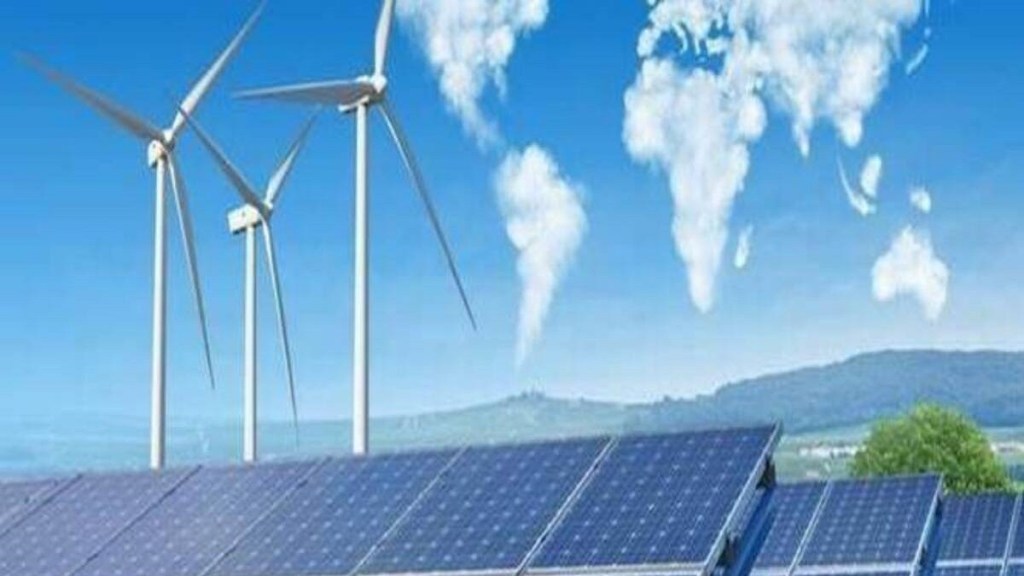By Rajat Mishra
New Delhi, January 18
The coming Budget is expected to unveil a few steps to promote clean energy storage while keeping the policy thrust on renewable energy.
India’s power grids have increasingly been powered by renewable energy, but it is a challenge of its own kind as electricity from renewables can be generated only when the sun shines or when the wind blows. This is not always in consonance with the demand cycle. Storage can help tide over this shortcoming associated with renewables.
“To facilitate a smooth energy transition, the Budget 2023 will likely stress clean energy storage and transmission this year for the Power sector. The power ministry has proposed a green corridor and a Viability Gap Funding (VGF) for battery energy storage,” said Shailesh Tyagi, partner, Climate Change and Sustainability Services, EY India.
India is the world’s third largest producer of renewable energy, nearly 40 % of installed electricity capacity comes from non-fossil fuel sources. This green push has resulted in a sharp 24% reduction in emission intensity of GDP between 2005 and 2016, but it has also thrown up challenges of a grid being increasingly powered by renewables. According to a report, the energy storage market size is projected to grow from $297.6 million in 2021 to $551.9 million in 2029, at CAGR of 8.3% during forecast period.
According to MD & CEO, Jackson Green, Bikesh Ogra, in the upcoming budget, a good chunk of the initial outlay for this should be earmarked for emerging green energy transition sectors, including energy storage, offshore wind, renewable natural gas, & green hydrogen.
Energy storage is needed alongside green energy sources to primarily balance out the variability in renewable generation. “Countries like China and India lack grid integration, and the over generation of renewable energy is managed by curtailing the grid generation. To realize the full potential and benefits of renewable energy, there must be a sustainable solution to the problem of over generation and demand management. Storage of energy plays an important role,” Varun Karad, Chief Business Officer, GPS Renewable said.
According to Karad, storage refers to technologies that can capture electricity, store it as another form of energy (chemical, thermal, mechanical), and then release it for use when it is needed. Currently, Lithium-ion batteries are the most common technology for storage options but it is still quite expensive which will increase the APPC per unit of electricity.
Recently, Greenko, an Indian power producer creating a 24/7 renewable energy proposition backed with energy storage, has announced a planned $1.2 billion pumped hydro project, which is one of the mechanical methods to store energy. In its report, “Optimal generation and capacity mix”, the key advisory body to the Union Ministry of Power, Central Electricity Authority has rightly acknowledged that the energy storage system will play a key role in meeting India’s energy needs by 2030.
As per IEA’s World Energy Nations, energy storage is set to play an increasingly important role in energy system flexibility. While there is an increasing emphasis on Renewable Energy to meet the Committed NDCs globally, battery storage will be imperative for achieving a round-the-clock (RTC) clean energy supply.
“We have to identify newer long term solutions for the same. There are some promising innovations being made in Mechanical (which use gravity to generate electricity as and when required) and Thermal storage (molten salt or other fluids are heated and used when electricity needs to be generated). India as a country does not have any large scale commercial plants from thermal or mechanical storage,” Karad of GPS Renewable said.
